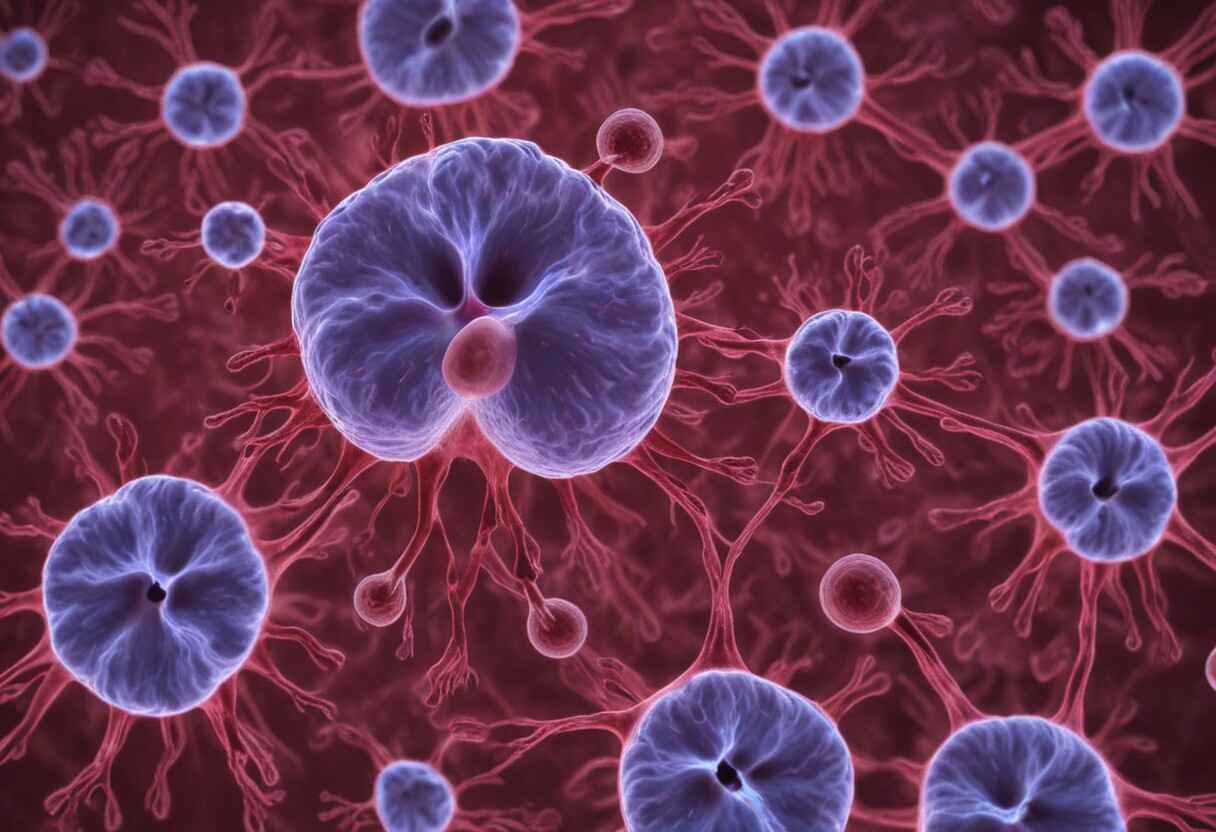In medicine, talking clearly is super important. Using the right words helps doctors understand each other and treat patients correctly. That’s where ICD-10 codes come in. They’re like a special language for doctors to describe diseases and conditions. Let’s focus on one code, E87.6. This code is for hypokalemia, which means low levels of potassium in the blood.
Understanding E87.6: Explaining the Code
The code E87.6 looks like a jumble of letters and numbers, but it’s actually pretty important. Let’s break it down:
- The First Letter (E): This tells us what kind of problem it is. The letter “E” stands for “Endocrine, nutritional, and metabolic diseases.”
- The First Two Digits (E8): These give us more detail. E8 means “Problems with fluids, minerals, and acid balance.”
- The Last Digit (6): This pinpoints the specific issue within that category. Here, the number six stands for “Hypokalemia,” meaning low potassium.
Understanding Hypokalemia (E87.6): Why Low Potassium Matters

Hypokalemia (E87.6): This term describes a condition where the blood has low levels of potassium. The code E87.6 is used in medical systems like the International Classification of Diseases (ICD) to specifically indicate hypokalemia.
Why Low Potassium Matters: Potassium is a vital mineral and electrolyte essential for many body functions. It helps control heart rhythm, muscle movement, and nerve signals. When potassium levels are too low, it can cause muscle weakness, cramps, fatigue, and even serious heart problems. Understanding hypokalemia is important because it shows how crucial it is to maintain balanced potassium levels for good health.
ICD-10 Code for Hypokalemia: E87.6
In the ICD-10 system, hypokalemia is given the code E87.6. It’s in a group labeled “Other problems with fluids, minerals, and acid balance” (E87). Using this specific code, doctors can properly record and organize cases of hypokalemia in medical records. This helps keep things clear and consistent for patient care, billing, and tracking how often it happens.
Importance of the ICD-10 Code for Hypokalemia
Using the right ICD-10 code for hypokalemia is super important for a few reasons:
- Getting the Diagnosis Right: With the E87.6 code, doctors can spot hypokalemia accurately, making sure it’s not mixed up with other problems with electrolytes or similar issues.
- Keeping Things Standard: ICD-10 gives doctors all over the world a common language to talk about health stuff. This helps avoid confusion and mix-ups.
- Sorting Out Payments: Getting the right code means hospitals and doctors get paid properly by insurance companies and other folks who cover medical costs.
- Watching Out for Public Health: Health experts use these codes to keep an eye on how many people have certain diseases, like hypokalemia. This helps them spot patterns and make sure resources are used where they’re needed most.
- Improving Treatment and Research: By using the same codes, scientists can collect info on lots of different health problems, like hypokalemia. This helps them figure out better ways to treat people and make sure they get better.
Causes of Hypokalemia (E87.6): Why Does Potassium Drop?
Hypokalemia can happen because of a few different things:
- Losing Potassium: You might lose too much potassium if you throw up a lot, have bad diarrhea, or take certain pills that make you pee more.
- Potassium Moving Around: Sometimes, potassium can move from your blood into your cells, which can make it seem like you have low potassium when you actually don’t. This can happen because of certain medicines or health issues like taking insulin or having diabetic ketoacidosis.
- Not Eating Enough: In rare cases, not getting enough potassium in your diet can also lead to hypokalemia.
Signs of Hypokalemia (E87.6): How Low Potassium Makes You Feel
Here are some common signs of hypokalemia:
- Weak or crampy muscles
- Feeling tired
- Cramps in your legs
- Heartbeat that feels funny (palpitations)
- Trouble going to the bathroom (constipation)
- Tingling or numb feelings
Importance of Potassium

- Heart Function: Potassium is essential for the heart’s proper functioning. It helps regulate heart rhythms and prevents irregular heartbeats (arrhythmias).
- Muscle Function: Potassium is crucial for muscle contraction and relaxation, including the muscles involved in breathing and digestion.
- Nerve Function: Potassium assists in transmitting nerve signals, which are necessary for reflexes and other nerve functions.
- Fluid Balance: Potassium helps maintain fluid balance in and out of cells, which is essential for cell function and overall fluid balance in the body.
How Hypokalemia is Diagnosed and Treated
When doctors diagnose hypokalemia, they usually ask about your health history, check you over, and do some tests. The primary examination is a blood test to measure potassium levels in the blood. Other tests might include:
- Electrocardiogram (ECG): This checks your heart’s rhythm to see if it’s affected by low potassium.
- Urine Tests: These check if your kidneys are getting rid of too much potassium.
- More Blood Tests: These look at other stuff in your blood and make sure there aren’t any other problems.
Treating hypokalemia means fixing why it happened and getting your potassium levels back to normal. Here are some common treatments:
- Potassium Supplements: You might take these as pills or through a tube in your vein to boost your potassium levels. The doctor decides how much you need.
- Eating Right: Having more foods with potassium, like bananas, oranges, spinach, and potatoes, can help keep your potassium levels up.
- Medicines: Sometimes, doctors might change or stop medicines that make you lose potassium, like certain pills for pee problems. But they’ll watch you closely.
- Fixing Other Problems: If something else is causing your low potassium, like stomach issues or hormone troubles, the doctor will treat that too, to keep your potassium in check for the long term.
Conclusion
Taking care of hypokalemia is really important, and keeping good records is a big part of that. The code E87.6 in the ICD-10 system helps doctors diagnose and keep track of this problem in a consistent way. When everyone understands how to use the right codes and how to diagnose and treat hypokalemia, it means better care for patients, easier communication between doctors, and using healthcare resources wisely.
When doctors keep good records and use the right codes, they can help patients with hypokalemia get better. It also helps public health experts keep an eye on how many people have this issue and do research to find better ways to deal with it.
Visit Here: ICD-10-CM Codes

